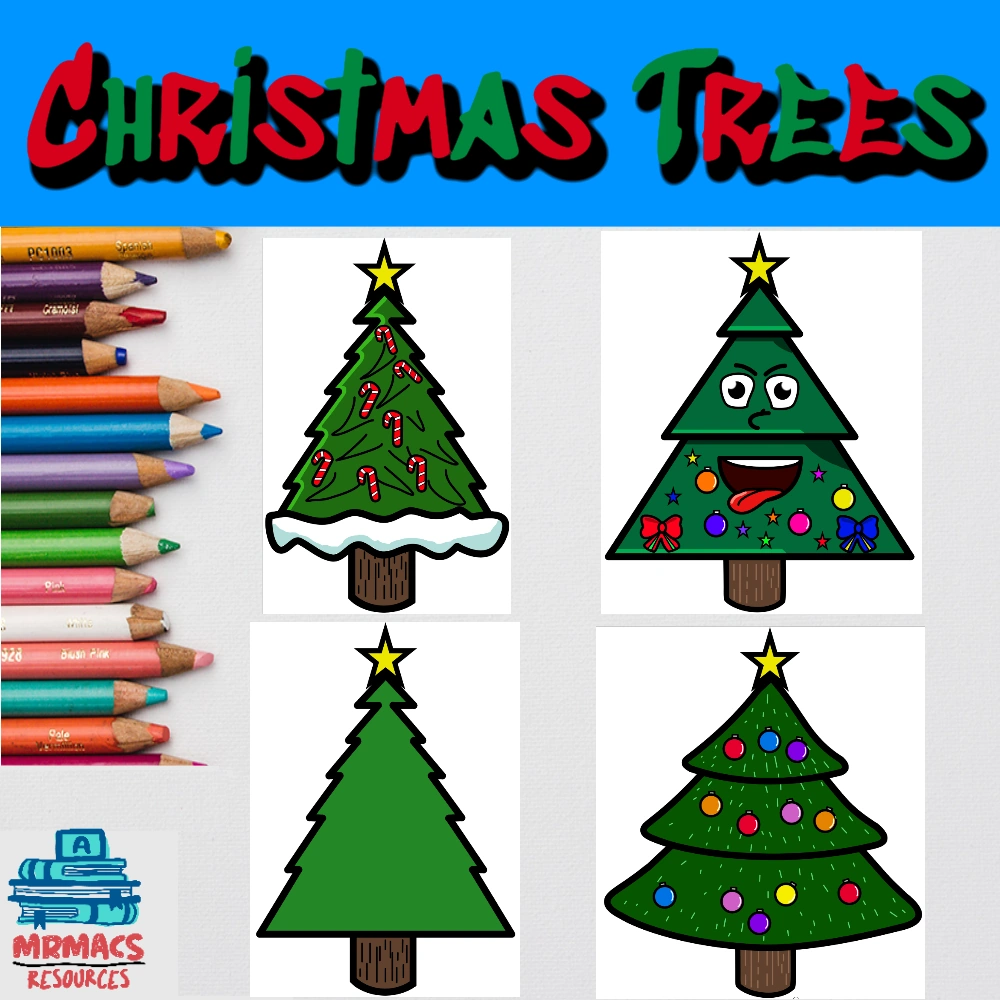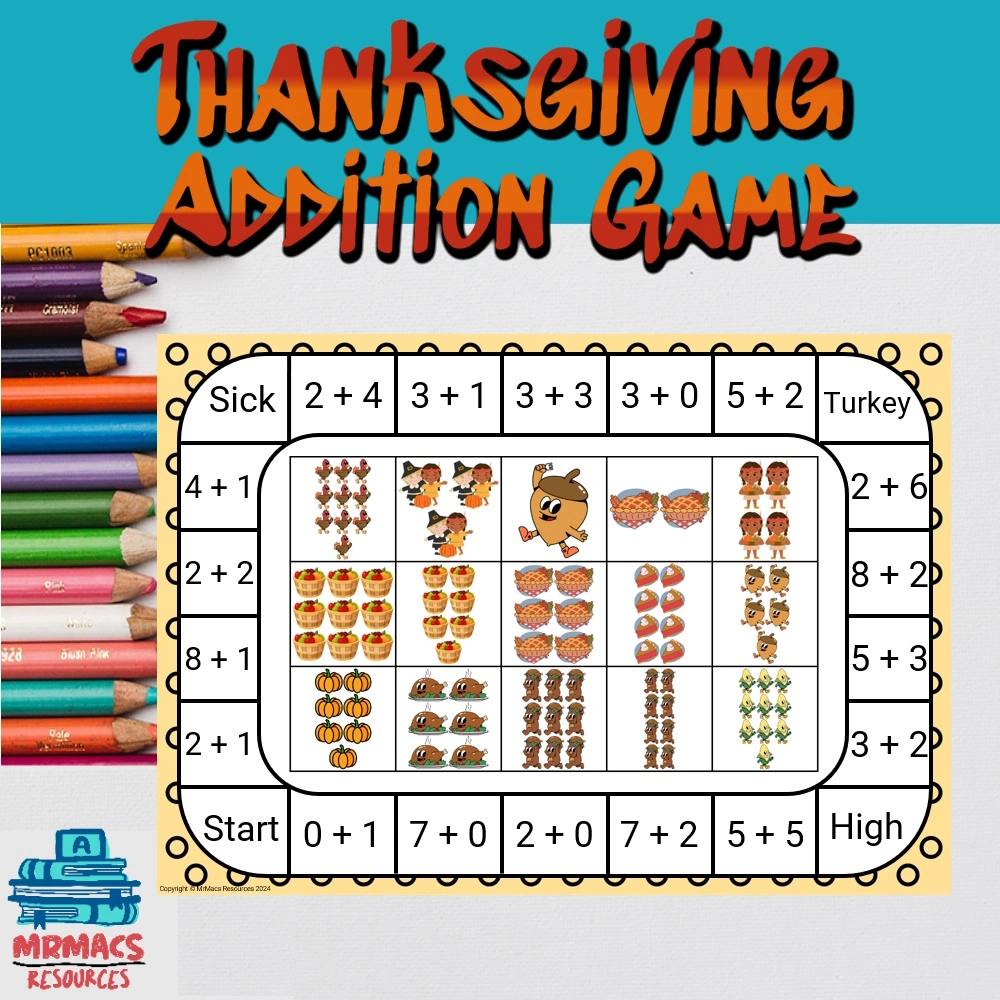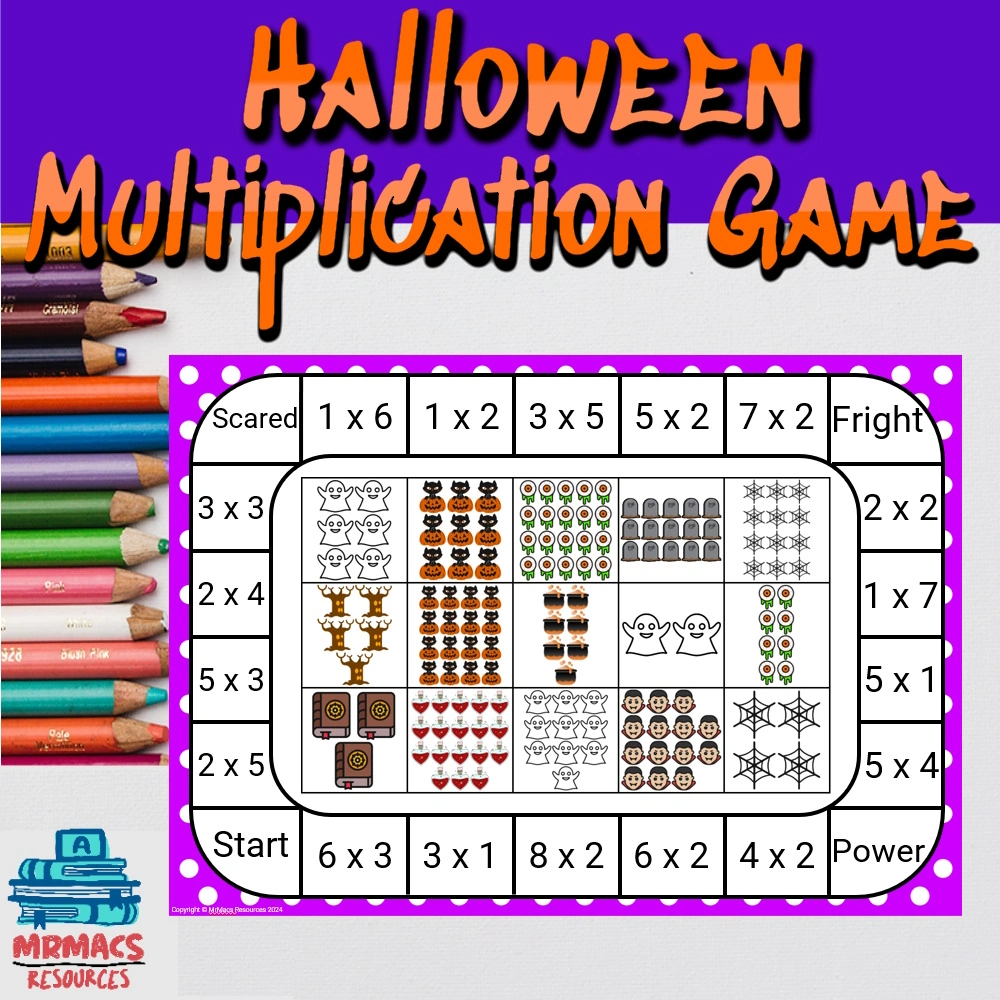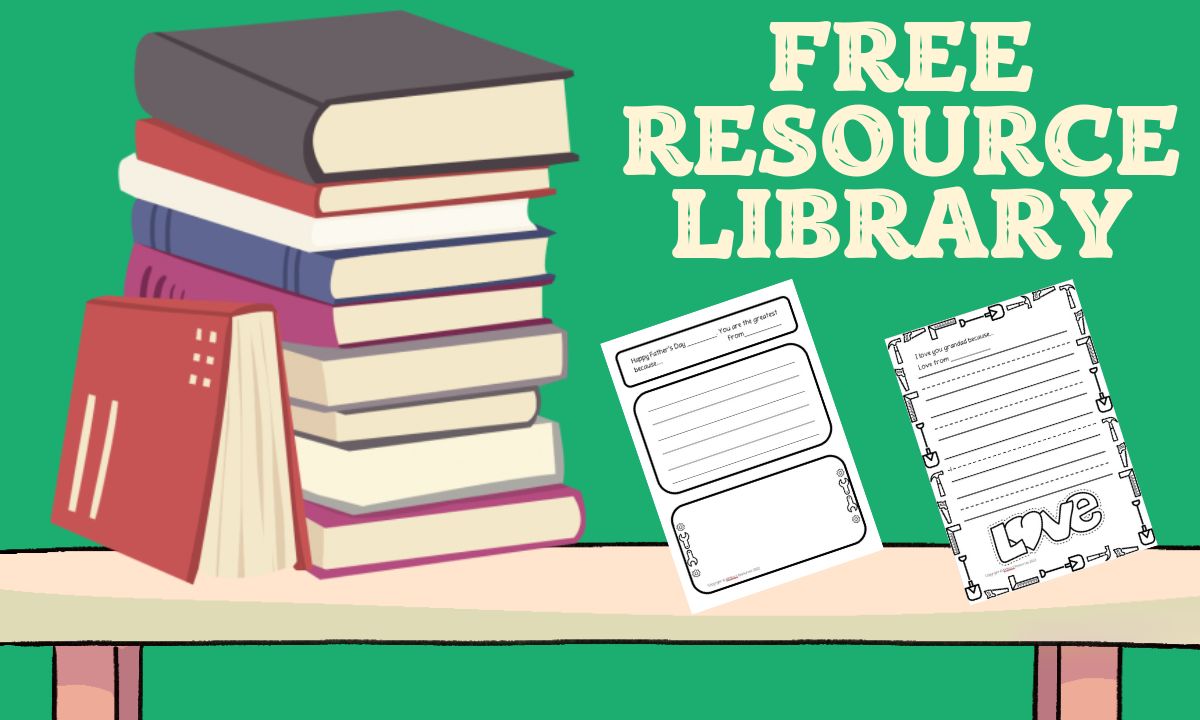
Many teachers dream of turning their classroom expertise into extra income, but wonder if they can manage both teaching and selling on Teachers Pay Teachers (TPT) without burning out. The good news is that thousands of educators successfully balance full-time teaching careers with thriving TPT stores. The key to success lies in creating structured routines, leveraging your classroom experience, and focusing on quality over quantity when developing resources.
Your experience as a practicing teacher actually gives you a significant advantage on TPT. Since you’re actively working with students, you understand exactly what materials work in real classrooms and what challenges teachers face daily. What’s more, this insight allows you to create resources that truly meet the needs of your fellow educators.
Building a successful TPT business while teaching requires smart strategies for managing your time and energy. Throughout this article, we’ll explore practical approaches to juggling your classroom responsibilities with creating and marketing teaching resources, plus proven methods for growing a profitable side business that complements rather than competes with your teaching career.
Managing Teaching Commitments Whilst Selling on TPT
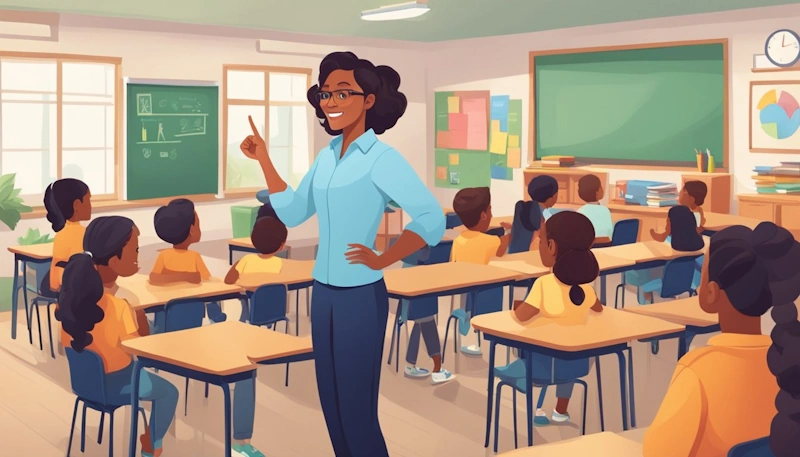
Successfully managing both classroom responsibilities and your TPT store requires clear boundaries and realistic goals. Effective time management strategies help you maintain teaching quality whilst building your seller business.
Setting Realistic Expectations for Workload
Your first year as a TPT seller shouldn’t feel overwhelming. Start with a goal of creating 6-12 resources annually rather than trying to match established sellers.
To add, quality matters more than quantity when building your TPT store. Focus on creating one excellent resource per month instead of rushing through multiple products. This approach helps maintain your teaching performance whilst developing your seller skills.
Remember that your teaching schedule already provides structure. Use this natural rhythm to your advantage. Create resources during school holidays and weekends when you have more mental energy. This is what I do as there is simply no time during the week as the teaching workload is just too much.
Don’t compare your progress to full-time TPT sellers. Your classroom experience gives you unique insights that part-time creators often lack. This real-world testing makes your resources more valuable to buyers.
Consider your energy levels throughout the school year. Plan lighter TPT work during reporting periods and parent-teacher interviews. Likewise, schedule heavier creation work during school holidays when teaching demands decrease.
Time Management Strategies for Teachers
Weeknight Strategy: Prepare resources for your upcoming lessons, then immediately upload them to your TPT store. This approach kills two birds with one stone – lesson planning and product creation happen simultaneously. Please note. You will need check with the Department of Education or whoever you work for as resources you create in the classroom often cannot be sold on TPT without special permission.
Weekend Administrative Tasks:
- Answer TPT store Q&As (10 minutes)
- Respond to customer emails (15 minutes)
- Make quick resource fixes (20 minutes)
- Update product descriptions (10 minutes)
Create a running to-do list for TPT tasks. Keep it visible on your desk or phone. When you have unexpected free time, tackle one small item instead of scrolling social media.
Holiday production Schedule: Block out specific hours for TPT work rather than working sporadically. Set 2-3 hour blocks for deep creation work when you’re most focused.
Additional, batch similar tasks together. Edit all your covers on one day, write all your descriptions on another. This method reduces mental switching and increases efficiency.
Establishing Boundaries Between Teaching and Selling on TPT
Never compromise your teaching quality for TPT work. Your classroom students must always come first. If TPT tasks start affecting your lesson preparation, scale back immediately.
Set specific TPT work hours and stick to them. For example, limit TPT tasks to Sunday afternoons and one weeknight. Protect your family time and rest periods.
Use separate devices or accounts when possible. Keep TPT emails on your personal phone and school emails on your work device. This separation helps you stay present during teaching hours.
Create a physical workspace for TPT activities. Having a designated area helps you mentally switch between teaching mode and seller mode. When you leave this space, you’re done with TPT work.
Communicate boundaries with family members. Let them know when you’re working on TPT so they understand your availability. This prevents interruptions and guilt about divided attention.
Don’t check TPT notifications during teaching hours. Set your phone to silent or use focus modes. Customer messages can wait until your designated TPT work time.
Creating and Marketing Effective Teaching Resources

Success on Teachers Pay Teachers starts with finding your specialty and creating materials that teachers actually need. Quality design and clear presentation make your resources stand out in a crowded marketplace.
Choosing a Niche for Your TPT Store
Finding your niche helps you focus your energy and build a loyal customer base. Start by thinking about what you teach best or what subjects you’re most passionate about.
Consider your current teaching experience. If you teach Year 3, you already understand what resources work for that age group. Your firsthand knowledge gives you an advantage over sellers who haven’t taught those students.
Popular niches include:
- Reading comprehension activities
- Maths worksheets for specific year levels
- Science experiments and task cards
- Special education resources
- Holiday and seasonal activities
Look at what’s already selling well on TPT. However, don’t just copy what others are doing. Instead, find gaps in the market or ways to improve existing resources.
Likewise, think about your students’ biggest challenges. What do they struggle with most? These problem areas often make the best resource topics because teachers are actively searching for solutions.
Developing High-Quality Educational Materials
Quality educational materials solve real classroom problems and save teachers time. Start by creating resources you would actually use in your own classroom.
Focus on clear learning objectives for each resource. Teachers need to know exactly what skills their students will practise. Moreover, include curriculum alignment information to help teachers justify their purchase.
Essential elements for quality resources:
- Clear instructions for both teachers and students
- Answer keys or marking guides
- Differentiation options for various ability levels
- Engaging activities that keep students interested
Also, test your resources with your own students first. Watch how they respond and make improvements based on what works. Real classroom feedback makes your materials much stronger.
Digital task cards and Google Slides are particularly popular because they’re easy to use. Teachers can assign them digitally or print them as needed. This flexibility adds value to your resources.
Furthermore, keep your language simple and age-appropriate. Complicated instructions frustrate both teachers and students. Clear, simple directions lead to better learning outcomes.
Designing Printables, Worksheets, and Lesson Plans When Selling On TPT
Visual appeal matters just as much as educational content. Teachers are more likely to buy resources that look professional and engaging.
Use consistent fonts throughout your materials. Stick to 2-3 fonts maximum to keep things clean. Choose fonts that are easy for students to read, especially for younger year levels.
Design best practices:
- Use plenty of white space
- Choose colours that print well in black and white
- Include engaging graphics and clipart
- Make text large enough for easy reading
Create templates for your resources to maintain consistency. This saves time and helps build your brand recognition. Teachers will start to recognise your style across different products. This is what I do. It takes a while to make these templates, but it pays dividends in the end.
For worksheets and printables, make sure they fit standard paper sizes. Australian teachers typically use A4 paper, so design accordingly. Leave enough margin space for hole punches and binding.
Lesson plans need clear structure and timing. Include warm-up activities, main lessons, and wrap-up sections. Provide extension activities for fast finishers and support strategies for struggling students.
Consider creating resource bundles that include multiple formats. For example, combine worksheets, digital task cards, and Google Slides versions of the same content. This gives teachers options for different teaching situations.
Building a Profitable Teachers Pay Teachers Business
Success on Teachers Pay Teachers requires smart pricing, strong customer relationships, and effective marketing. These three areas work together to create steady income from your teaching resources.
Effective Pricing Strategies for Selling Resources on TPT
Research similar products before setting your prices. Look at what other sellers charge for classroom decor, worksheets, and lesson plans like yours. This gives you a starting point for competitive pricing.
Start with lower prices when you’re new to build reviews and credibility. Many successful sellers begin at $1-3 for simple resources. As you gain positive feedback, you can gradually increase your prices.
Bundle related resources to increase your average sale value. For example, combine worksheets, answer keys, and extension activities into one package. Customers often prefer buying complete sets rather than individual pieces.
What’s more, consider your time investment when pricing. Calculate how long you spent creating the resource and aim for a fair hourly rate. Don’t undervalue your expertise and effort.
Moreover, test different price points to find what works best. TPT allows you to adjust prices, so experiment to discover your sweet spot. Higher prices sometimes lead to better perceived value.
Growing and Engaging Your Email List
Start collecting email addresses from day one of your TPT store. Email subscribers are your most valuable customers because you own this direct connection to them.
Next, create a free resource as a lead magnet to encourage sign-ups. This could be a sample worksheet, planning template, or classroom poster. Make sure it showcases your quality and style.
Furthermore, send regular emails to your subscribers about new products and teaching tips. Aim for weekly or bi-weekly emails to stay connected without overwhelming your audience. Share behind-the-scenes content about your classroom and resource creation process.
Promote exclusive discounts and early access to new products through your email list. This makes subscribers feel special and encourages them to stay engaged with your content.
To conclude, use your email list to gather feedback on potential products. Ask subscribers what resources they need most in their classrooms. This helps you create products that will actually sell.
Branding and Promoting Your Store When Selling On TPT
Develop a consistent visual style across all your resources and store materials. Choose specific colours, fonts, and design elements that make your products instantly recognisable. Ultimately, this professional appearance builds trust with customers.
Additionally, create social media accounts to showcase your TPT store and connect with other teachers. Pinterest works particularly well for promoting teaching resources because teachers actively search for classroom ideas there.
Write helpful blog posts about teaching topics related to your resources. This content helps teachers discover your products through search engines. For example, include links to relevant TPT products within your blog posts naturally.
Furthermore, collaborate with other TPT sellers through product bundles or cross-promotion. These partnerships help you reach new customers who might not have found your store otherwise.
Moreover, respond promptly to customer questions and feedback. Excellent customer service leads to positive reviews, which significantly impact your store’s success on the platform.
Conclusion
In conclusion, balancing classroom teaching with selling on TPT requires thoughtful planning, consistent time management, and a clear sense of priorities.
Furthermore, by setting realistic goals and streamlining tasks, educators can avoid burnout while still pursuing their entrepreneurial passions.
In addition, leveraging resources, building routines, and staying organised can make the process more sustainable.
Ultimately, this balance allows teachers to share their expertise, support fellow educators, and generate additional income without compromising the quality of their classroom instruction.
What about you—how do you think teachers can best manage the demands of both teaching and creating for TPT?
About The Author

Hi! My name is Mr Mac. I am a K – 6 teacher. I love to create resources for teachers to make their teaching lives easier.
